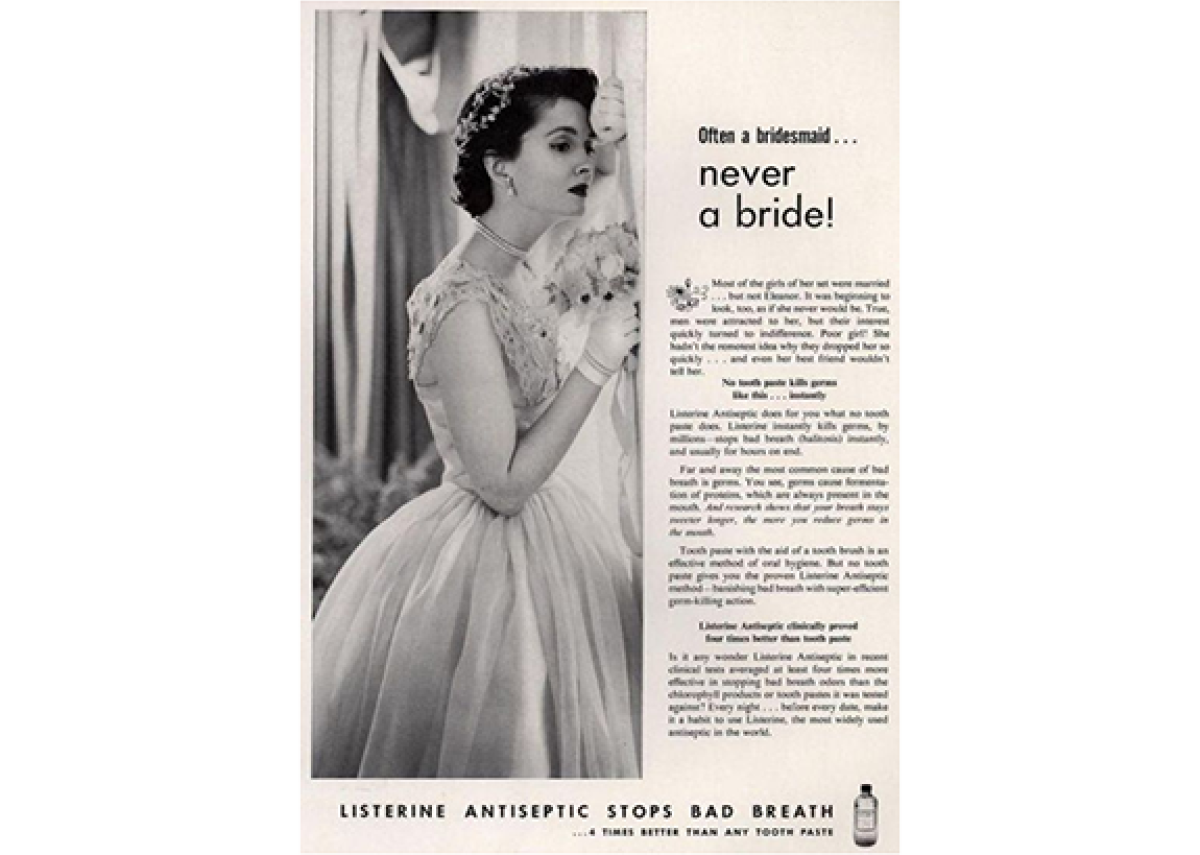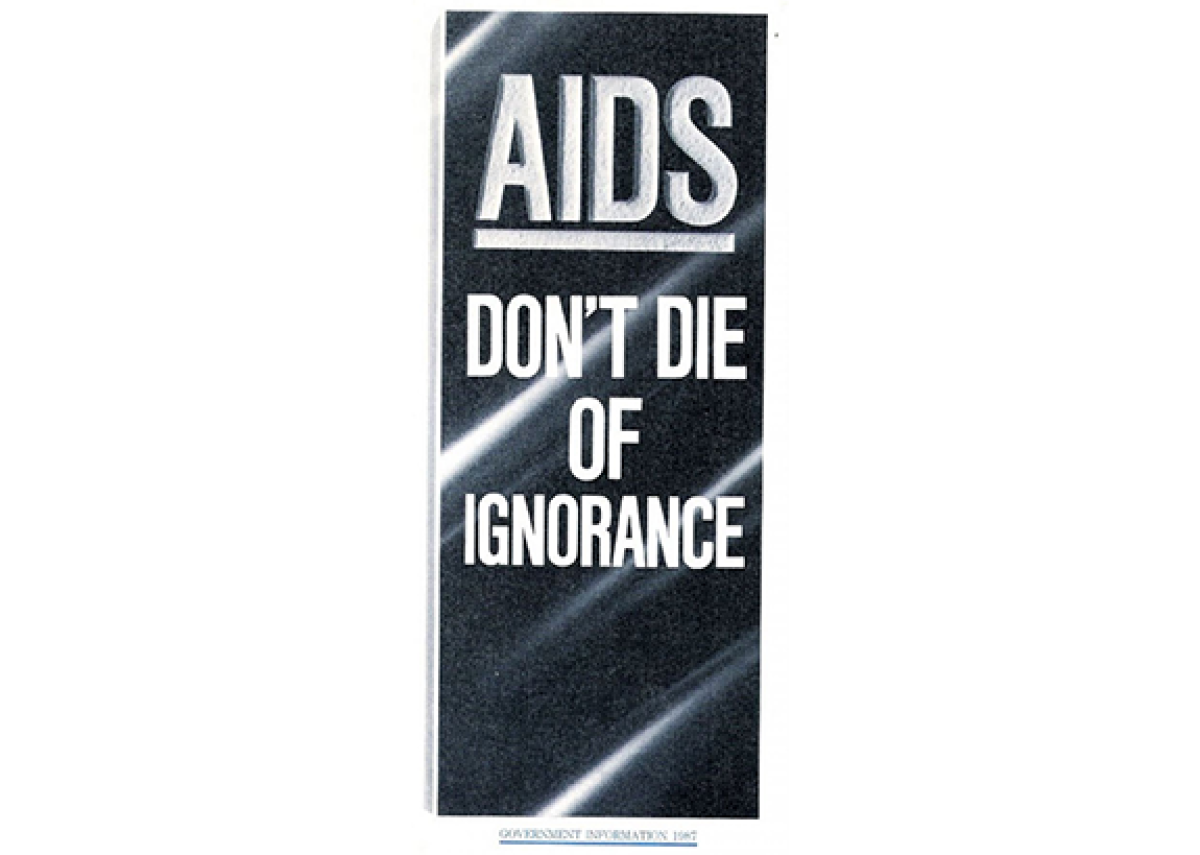How fear surrounds the creative process, by Grant Hunter, global executive creative director at Iris

Feel the fear
As creatives we face fear every day.
The blank sheet of paper.
The tumbleweed blowing through your grey matter.
The inner voice asking, "Can I crack this? How will I crack this?".
The deadline shouts, “I need this tomorrow – no, I need it NOW!!!”.
And that’s both exciting and terrifying in equal measure.
But creation happens in the unknown.
If it doesn’t then the result is predictable, unsurprising, like something that has been seen before.
Like it or not fear is hardwired into our very DNA. It’s a motivator. But only if it’s channelled in the right way.
The trick is to not let fear paralyse you. It’s an inevitable part of the creative process – getting lost, taking wrong turns, being illogical, acting instinctively, making leaps that connect the seemingly unconnected.
That’s why you can’t break the creative process down to a rational fine-tuned factory assembly line.
Fear should be embraced.
Let's get uncomfortable
Our clients should be challenged and it’s our duty to make them feel a bit uncomfortable about an idea.
An idea that scares them.
Because they are the ideas that will capture the imagination.
They are the ones that will polarise people and generate conversation, both positive and negative.
So within the creative process, fear is all around us but people’s fears can also be channelled to create a change in behaviour.
Fear has been a tactic deployed in marketing for decades.
It makes the audience fear an outcome or a response if they don’t buy a product.
A recent Dumbstruck study on how emotions impact consumer behaviour and ad effectiveness draws from 50 years of research. It concludes that an increase in fear can be highly persuasive. An increase then decrease in a 'fear-then-relief' pattern is more effective with increased purchase intent and positive brand association.
Fear as persuasion works only when viewers are told how to reduce the fear.
Beware scare tactics
Unsurprisingly, the ASA acknowledges the power of fear, as it has a specific point regarding the use of it in its guidelines, rule 4.2 states:
“Marketing communications must not cause fear or distress without justifiable reason; if it can be justified, the fear or distress should not be excessive. Marketers should not use a shocking claim or image merely to attract attention.
An appeal to fear to encourage prudent behaviour or to discourage dangerous or ill-advised actions may be considered justifiable; however the fear likely to be aroused should not be excessive. Marketers should avoid exaggerating the potential risks caused by not buying their products, especially if targeting the elderly or vulnerable.”
So yes, fear is a powerful emotion.
It’s inherent in us all. By preying on those fears we are sure to generate a rapid response because it’s now part of our genetic make-up.
The biggest pitfall is shocking people so much that they switch off.
Successful strategies help you understand how the product/service can help you deal with the threat.
Online we see the fear principle play out to drive purchase behaviour. Think about the last time you searched for a flight or a hotel on a booking site. You are bombarded with fear inducing messages such as xxx people are looking at this right now or xxx have sold in the last hour or offer closes in xx hours.
All of these tactics tap into a fear of time running out. And the more potent fear of you potentially missing out on an offer that someone else will enjoy.
A breath of (fresh) air
Going back through advertising’s archives Listerine, in the 1920s, is often referenced as an early practitioner of playing to social fears.
The fear of having bad breath resulting in being a social outcast.
In a U.S. print ad they lambasted ‘Edna’ who was pictured left on the shelf thanks to her halitosis. The headline packed the punch ‘Often a bridesmaid...never the bride’.
Listerine played to the social insecurities of the time to stimulate demand for their product. By the late '20s Listerine was the third largest print advertiser.
The business of bad breath grew and today oral
hygiene is a 6 billion dollar industry.

Harness its power
The UK AIDS iceberg campaign in the mid 80s was the world’s first major AIDS awareness campaign backed by a government.
With its apocalyptic landscapes and ominous John Hurt voiceover, it was branded as scaremongering at the time.
The ‘Don’t die of ignorance’ headline was designed to push the fear buttons.
After being too slow to react initially, and to overcome mass antipathy, the UK government needed to create drastic action. The campaign made it a threat to everyone, not just the high risk groups on the frontline.
By harnessing fear they created a hard hitting message that worked.
It increased fear levels but, more importantly, it increased understanding.
Safe sex became a topic of conversation and the tactics were replicated in many other countries.

Our next challenge
Now in 2020 we face a threat that threatens our very existence.
The Climate Crisis is burning down the house around us.
We’re staring down the barrel at a minimum 3-4 degree temperature rise which equates to metres of sea level rise globally.
We should be afraid, really afraid.
Fear should motivate us to make a collective shift in our behaviour. But maybe with climate change it’s the fear of the size of the issue that is paralysing us.
Just as a product like Listerine shows you how it will help you neutralise the threat, we need simple measures we can actively implement in our daily lives to combat climate change. If we were all to make a few of the changes listed below we could collectively make a dent in the temperature rise.
Think about how you move.
Fly less – go by train or boat, take public transport, walk, run and cycle more.
Think about what you eat.
Eat less red meat – go meat free the first week of every month, go pescatarian, go vegetarian, go vegan.
Think about how you heat your home.
Turn down the thermostat by 1.5 degrees, insulate your home, get a heat pump system alongside your gas boiler.
In 2020 we need a collective sense of FOMOO – Fear of Missing Our Opportunity.
2020 is our chance to make significant changes and turn words into action.
Embrace the fear.
Sources
https://adage.com/article/classic-ad-review/listerine-halitosis-hallel/310647
https://www.bbc.co.uk/news/magazine-15886670
https://friendsoftheearth.uk/climate-change/eco-heating-what-are-options
If you enjoyed this article, you can subscribe for free to our weekly email alert and receive a regular curation of the best creative campaigns by creatives themselves.
Published on:



